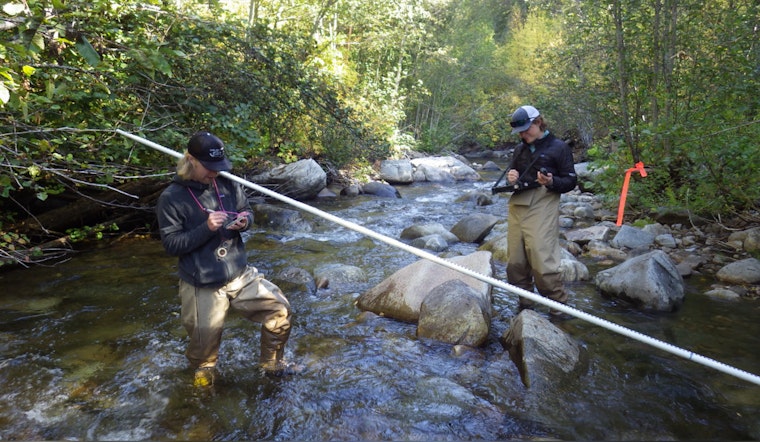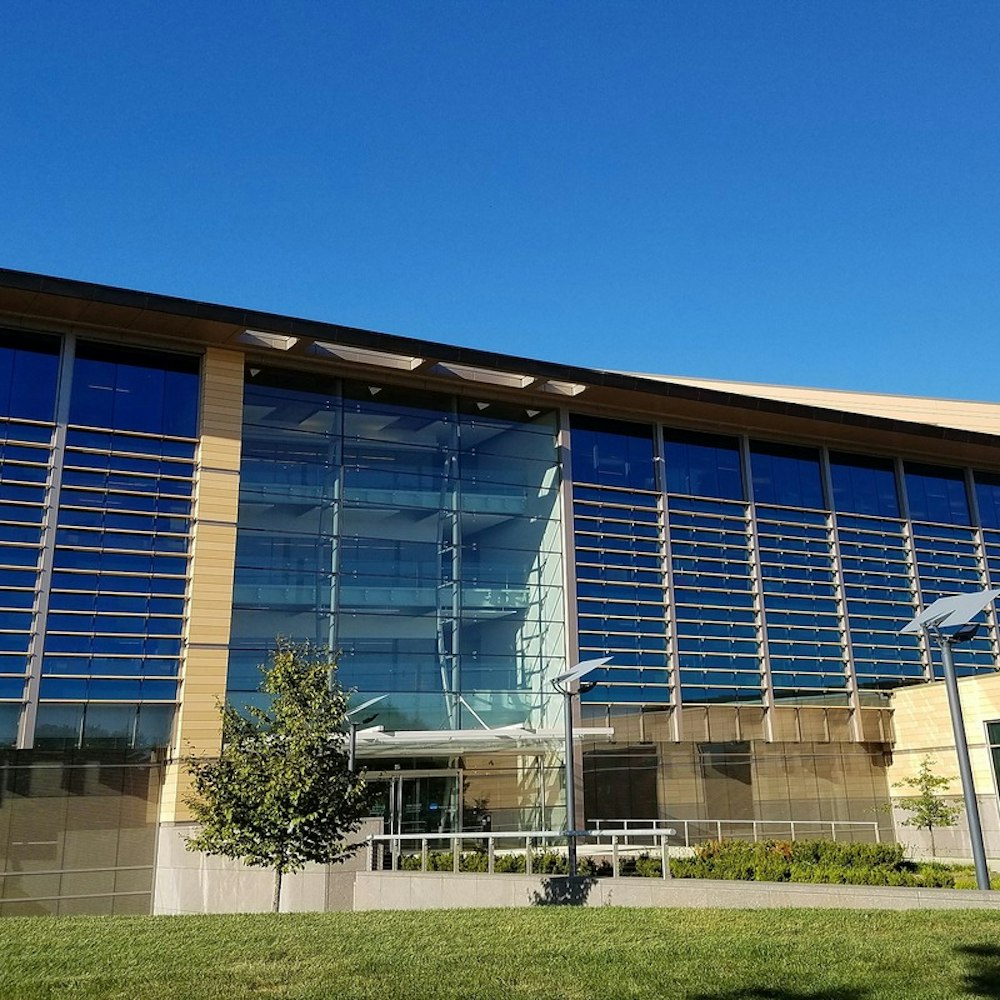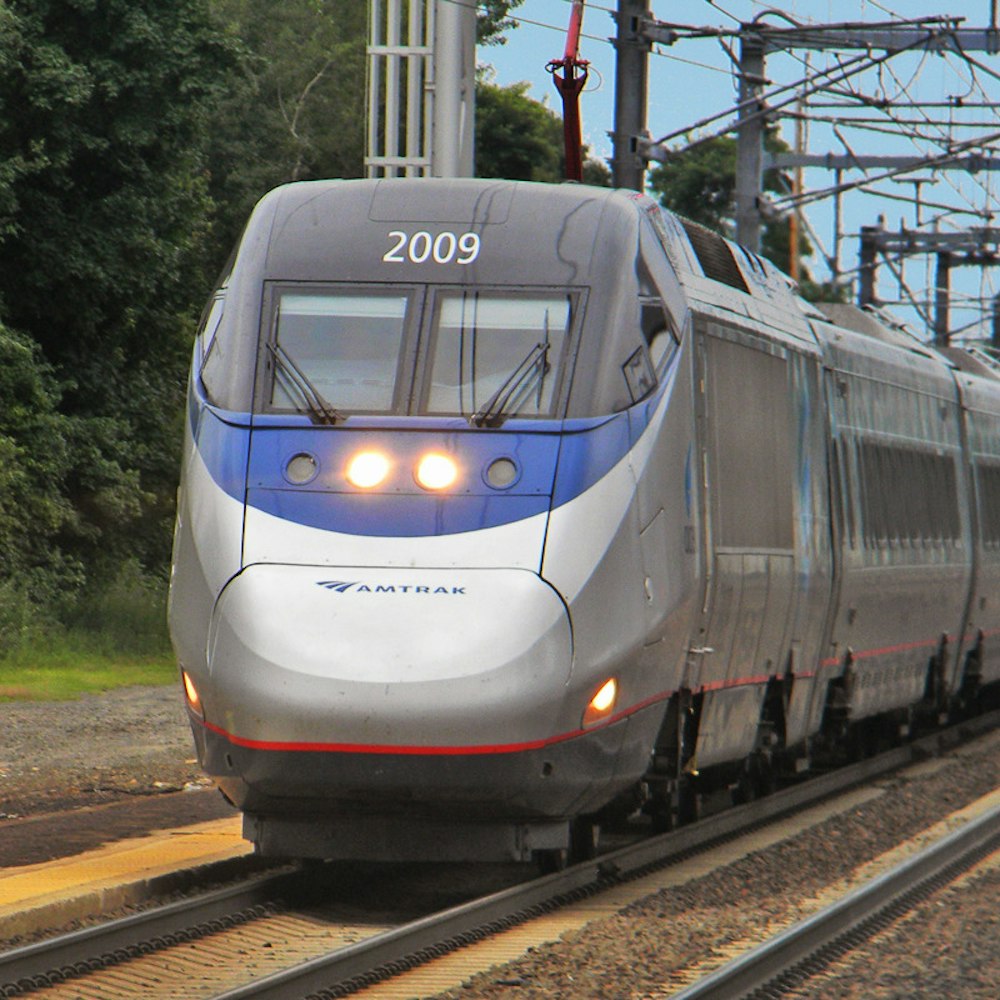
A team of dedicated scientists is tramping through the wilderness of Washington state, measuring the pulse of various waterways. Through an initiative detailed on the Washington State Department of Ecology's website, researchers are diving into their fifteenth year of a comprehensive Watershed Health Monitoring study. They're tracking stream health by examining telltale critters like mayflies, testing the waters for physical, and chemical properties, and, somehow, lugging around all the necessary equipment on their back.
The study holds its lens up to eight different watershed regions, looking for emerging trends. This is the third round of sampling for the hardworking scientists, meaning they've already been to each locale at least twice before. The goal? To distinguish pristine "sentinel sites" from more random and often impaired locations referred to as "random sites." By comparing these two, the scientists hope to gauge the overall vitality of aquatic habitats and, yes, fish and bugs are part of that equation.
Streams, these researchers say, are a lot like the city streets we walk daily. Some neighborhoods have clean, tree-lined lanes—good for humans and animals alike—while others are overrun with stressors. In ecological speak, a stressor is anything that puts pressure on the environment, ranging from temperature to chemical imbalance. As for streams, these stressors wield enough clout to send local wildlife packing. Armed with this data, the Department of Ecology's latest report has some preliminary findings, quoting directly, "Rivers and streams with many stressors, those with many poor physical and chemical stream attributes, are places where we don’t find vibrant and abundant biological communities."
The database that these wilderness warriors are assembling is open to the public. It feeds into Washington's annual State of the Salmon report—yes, those fish are a big deal around these parts. This year's efforts will bring the team through the Mid-Columbia region, hitting spots such as Cle Elum, and Ellensburg, amid others. The hope is that as more data is analyzed, clearer pictures will emerge of how Washington's streams and the creatures that depend on them are faring.









